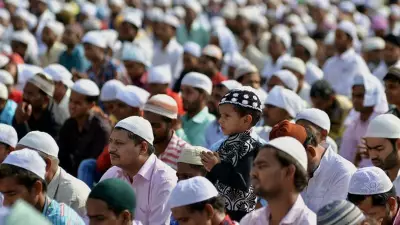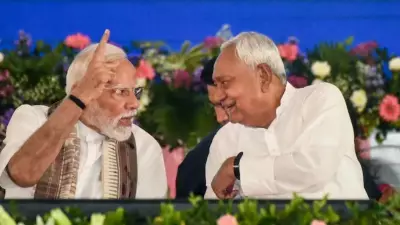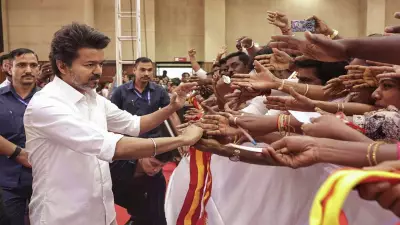
India's booming scam industry has deep roots in the country's social fabric, where caste networks and economic inequality create fertile ground for fraudulent operations to thrive, according to journalist Snigdha Poonam's explosive new research.
The Birth of Scamland: From Newspaper Clippings to Groundbreaking Investigation
When Snigdha Poonam began tracking India's fraud epidemic nearly a decade ago, she started modestly by collecting newspaper clippings about various scams. Within just one month, her collection had overflowed across her room, desk, and bed, signaling the massive scale of this underground economy.
This initial curiosity eventually evolved into her latest book, Scamlands: Inside the Asian Empire of Fraud That Preys on the World, published by Penguin Random House India in November 2025. The book offers a gripping account of the people and forces behind frauds not just in India but across Asia and beyond.
Caste and Community: The Hidden Architecture of Fraud Networks
Poonam's fieldwork across Jharkhand, Bihar, and Assam revealed a disturbing pattern: scam operations are deeply anchored in caste and community networks. In rural villages where segregation along caste lines remains pronounced, these existing social structures have been repurposed for fraudulent activities.
Young people from marginalized communities, particularly Dalits and OBCs, often receive training in scamming techniques from older members of their own caste groups while still in school. These networks become self-perpetuating systems where knowledge and techniques are shared within closed community circles.
Different villages and communities sometimes specialize in particular types of fraud. One might focus on lottery scams, another on e-commerce fraud, while others continue running familiar ATM card expiration scams. This division of criminal labor along community lines demonstrates how deeply these operations are embedded in social structures.
Beyond Aspiration: Survival and Vengeance in the Scam Economy
While aspiration drives some participants, Poonam discovered that the motivations run much deeper. India remains an obscenely unequal country where the top 10% hold 80% of the nation's wealth, while the bottom 60%—approximately 840 million people—control less than 5%.
In this context, fraud becomes a default response when society fails its citizens. The book documents how scams offer pathways for young men from marginalized communities to force their way into an economy that has systematically excluded them.
Poonam encountered surprising cases, such as fake death scams in Barpeta, Assam, where fraudsters took out life insurance for dead people to steal money from government-subsidized insurance programs. This occurred in a region where people struggle to prove their Indian citizenship, suggesting that some scams represent a form of vengeance against systems that overlook their existence.
The Globalization of Fraud: Digital Tools and Borderless Crime
The digital revolution has transformed scamming into a borderless enterprise. One scammer explained to Poonam how India's push toward digitalization created new opportunities: while it enabled convenient money transfers between family members, it also allowed scammers in Jharkhand to take money from someone in Delhi with equal ease.
The globalization of fraud has reached astonishing levels. Young Indians trafficked to foreign countries and forced to work in scam centers sometimes receive payments in cryptocurrency. Poonam documented cases where workers trapped in Myanmar scam centers had to instruct their families in rural Uttar Pradesh to download cryptocurrency exchange platforms like Binance to convert their earnings into cash.
This borderless nature of modern fraud means that scams operating in India today are increasingly transnational, exploiting the very tenets of globalization that were supposed to create economic opportunities.
Perhaps most disturbingly, Poonam found that very few scammers view their activities as criminal. When entire communities participate—from grandmothers hiding scam money in their chests to police taking bribes to avoid pressing charges—the moral boundaries become blurred. This collective participation in fraudulent activities points to deeper systemic issues that extend into local politics, where scam money often becomes a source of campaign funding.





